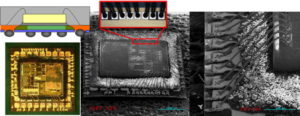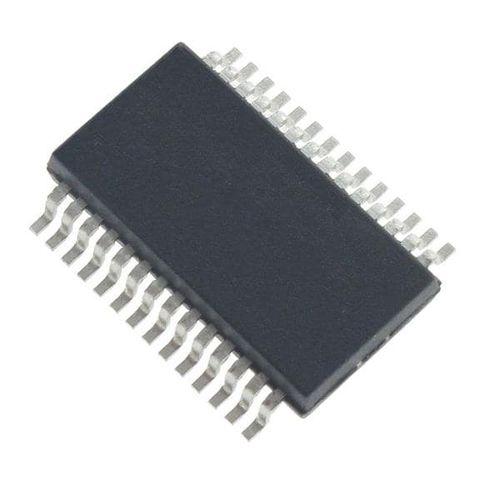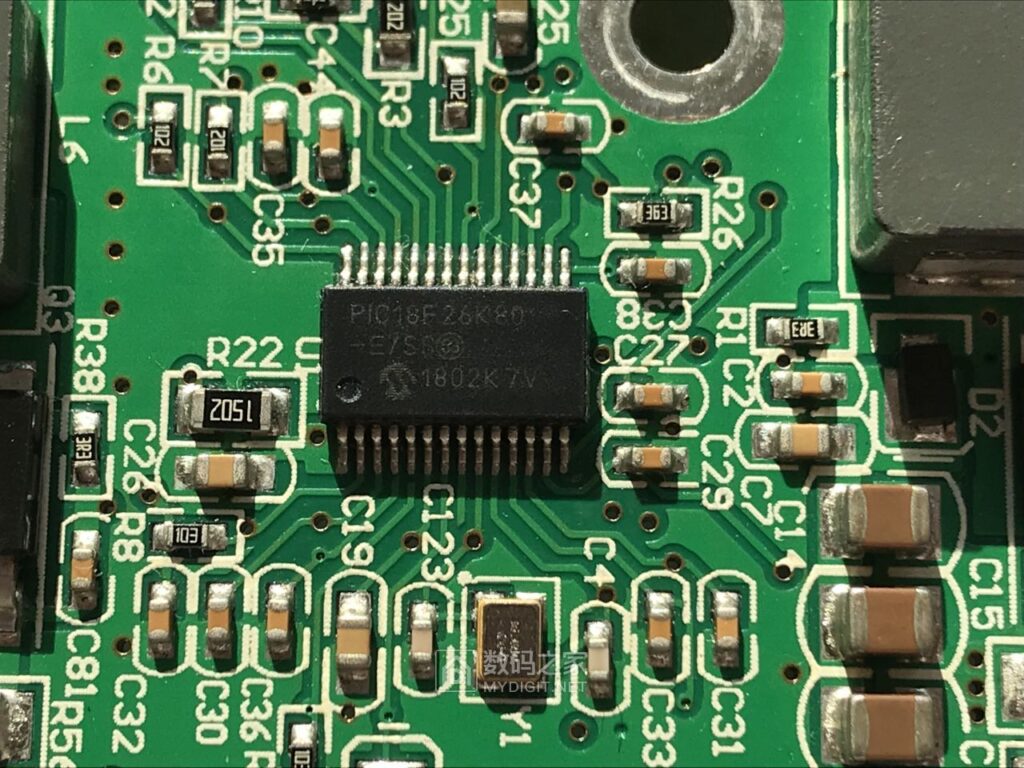Unlock IC PIC18F26K80 Binary
Unlock IC PIC18F26K80 and readout MCU Binary from flash memory, microcontroller firmware recovery normally needs to disable the protective mechanism by reset the status of security fuse bit;

This family combines the traditional advantages of all PIC18 microcontrollers – namely, high computational performance and a rich feature set – with an extremely competitive price point.
These features make the PIC18F66K80 family a logical choice for many high-performance applications where price is a primary consideration. All of the devices in the PIC18F66K80 family incorporate a range of features that can significantly reduce power consumption during operation. Key items include if Unlock microcontroller pic18f4420 flash:
· Alternate Run Modes: By clocking the controller from the Timer1 source or the Internal RC oscillator, power consumption during code execution can be reduced.
· Multiple Idle Modes: The controller can also run with its CPU core disabled but the peripherals still active. In these states, power consumption can be reduced even further.
· On-the-Fly Mode Switching: The power-managed modes are invoked by user code during operation, allowing the user to incorporate power-saving ideas into their application’s software design when readout mcu pic18f2510 program.
· nanoWatt XLP: An extra low-power BOR and low-power Watchdog timer All of the devices in the PIC18F66K80 family offer different oscillator options, allowing users a range of choices in developing application hardware. These include:
· External Resistor/Capacitor (RC); RA6 available
· External Resistor/Capacitor with Clock Out (RCIO)
· Three External Clock modes:
– External Clock (EC); RA6 available
– External Clock with Clock Out (ECIO)

– External Crystal (XT, HS, LP)
· A Phase Lock Loop (PLL) frequency multiplier, available to the external oscillator modes which allows clock speeds of up to 64 MHz. PLL can also be used with the internal oscillator.
· An internal oscillator block that provides a 16 MHz clock (±2% accuracy) and an INTOSC source (approximately 31 kHz, stable over temperature and VDD)
– Operates as HF-INTOSC or MF-INTOSC when block is selected for 16 MHz or 500 kHz
– Frees the two oscillator pins for use as additional general purpose I/O
The internal oscillator block provides a stable reference source that gives the family additional features for robust operation:

· Fail-Safe Clock Monitor: This option constantly monitors the main clock source against a reference signal provided by the internal oscillator. If a clock failure occurs, the controller is switched to the internal oscillator, allowing for continued low-speed operation or a safe application shutdown.
Tags: ataque microcontrolador seguro PIC18F26K80 flash binário,hack microcontrolador seguro PIC18F26K80 flash binário,microcontrolador seguro crack PIC18F26K80 flash binário,quebrar o microcontrolador seguro PIC18F26K80 flash binário

